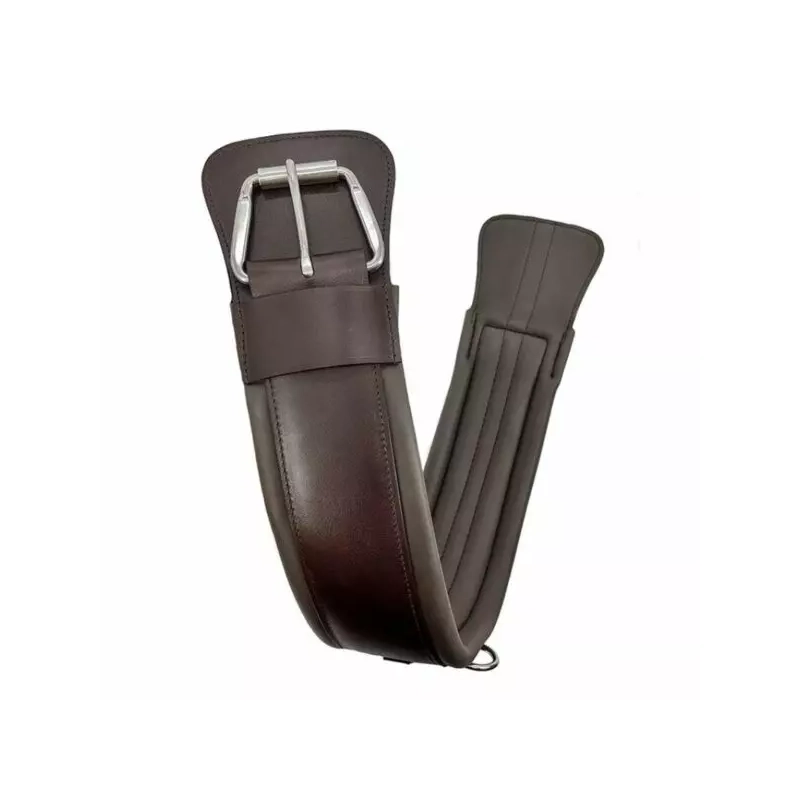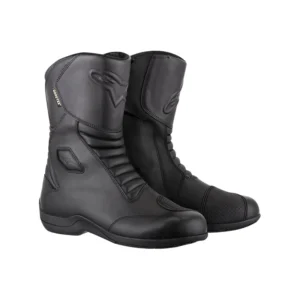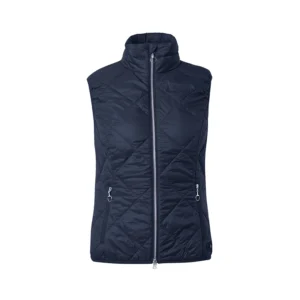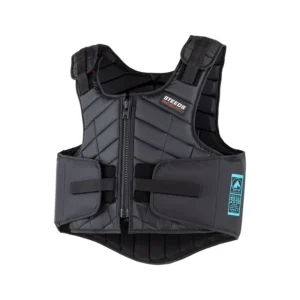Description
A girth (also known as a cinch in Western riding) is a crucial piece of horse tack that keeps the saddle securely in place on the horse’s back. It wraps around the horse’s body, just behind the front legs, and attaches to the saddle, ensuring stability during riding. Here’s a detailed look at different types of girths, their features, and how to choose and care for them:
1. Types of Girths:
A. English Girths:
- Used with English saddles for disciplines like dressage, show jumping, eventing, and general riding.
- Standard Girth:
- Purpose: The most common type of girth used in various English riding disciplines.
- Features:
- Typically made from leather, synthetic materials, or a combination of both.
- Comes with elastic on one or both ends for flexibility and ease of tightening.
- May have padding for added comfort and pressure distribution on the horse’s chest.
- Dressage Girth:
- Purpose: Specifically designed for dressage saddles, which have longer billets (straps that connect the girth to the saddle).
- Features:
- Shorter than standard girths to accommodate the longer billets of a dressage saddle.
- Often padded for the horse’s comfort and to avoid pinching or chafing.
- Common materials include leather, neoprene, and fabric.
- Anatomical Girth:
- Purpose: Designed to conform to the natural shape of the horse’s ribcage for a more ergonomic fit.
- Features:
- Curved design that follows the contours of the horse’s body.
- Distributes pressure more evenly across the horse’s chest, helping to prevent discomfort or restriction of movement.
- Often padded for extra comfort.
- Fleece-lined Girth:
- Purpose: Adds softness and comfort, often used for horses with sensitive skin or prone to girth sores.
- Features:
- Fleece lining along the entire length of the girth to prevent rubbing and irritation.
- Can be made from synthetic or natural fleece materials.
- Easy to clean, and some have removable fleece covers for washing.
- Anti-chafe Girth:
- Purpose: Designed to reduce rubbing and chafing, especially during long rides or when the horse sweats a lot.
- Features:
- Made from soft, flexible materials like neoprene, often with a smooth surface.
- A great option for horses prone to girth sores or irritation.
B. Western Cinches:
- Used with Western saddles for disciplines like trail riding, roping, and barrel racing.
- Roping Cinch:
- Purpose: Designed for ranch work and roping events.
- Features:
- Made from sturdy materials like mohair or synthetic fibers.
- Wider in the center to distribute pressure evenly across the horse’s chest.
- Durable and built to withstand the rigors of roping.
- Barrel Racing Cinch:
- Purpose: Lightweight and flexible for fast-paced riding.
- Features:
- Typically narrower and made from synthetic materials for minimal weight and maximum freedom of movement.
- Often has elastic or stretch materials to allow for better horse movement during quick turns and sprints.
- Neoprene Cinch:
- Purpose: Used in both Western and English riding for everyday riding and trail rides.
- Features:
- Made from soft, durable neoprene which provides comfort and prevents slipping.
- Easy to clean, making it ideal for use in wet or muddy conditions.
- Mohair Cinch:
- Purpose: Traditional Western cinch material known for its durability and softness.
- Features:
- Made from natural fibers, which wick away moisture and prevent rubbing.
- Highly breathable and comfortable for the horse.
2. Key Features to Look For:
- Elastic Ends: Girths with elastic ends make it easier to tighten the girth without putting undue pressure on the horse’s ribcage. Some girths have elastic on one side, while others have elastic on both sides for even tension.
- Roller Buckles: Buckles with rollers make tightening the girth smoother and reduce the strain on both the rider and the horse.
- Breathability: Girths made from materials like neoprene, mohair, or fleece provide breathability, reducing the risk of girth galls or sores.
- Contoured Shape: Anatomical or contoured girths are shaped to allow for a better fit around the horse’s chest and elbows, which can prevent pinching and improve comfort during movement.
- Padding: Padded girths reduce the risk of pressure points and add comfort, especially important for sensitive horses or during long rides.
3. Choosing the Right Girth:
- Size:
- The girth should be the right size to ensure a secure fit without restricting the horse’s movement. For English girths, the length should allow the buckles to sit about 2-3 inches below the saddle flap on either side.
- Dressage girths are shorter since dressage saddles have long billets, whereas all-purpose and jumping saddles require longer girths.
- For Western cinches, make sure the cinch is long enough to comfortably wrap around the horse’s chest without being too tight.
- Horse’s Build:
- Some horses with a more rounded ribcage may benefit from an anatomical girth to prevent the saddle from slipping forward.
- Horses with sensitive skin may need a fleece-lined or neoprene girth to avoid chafing or girth sores.
- Discipline:
- Dressage riders usually opt for shorter dressage girths, while jumping riders may prefer anatomical girths for freedom of movement.
- Trail riders often choose comfortable, breathable options like fleece-lined or neoprene girths for long rides.
4. Caring for Girths:
- Leather Girths: Clean regularly with saddle soap and condition the leather to keep it soft and prevent cracking.
- Synthetic or Neoprene Girths: Wipe down with a damp cloth after each ride, and machine-wash fleece-lined girths or removable covers when needed.
- Storage: Keep girths in a cool, dry place to prevent mildew or damage, especially for leather girths.
Popular Girth Brands:
- Professional’s Choice:
- Known for comfortable and durable Western cinches, particularly their neoprene girths.
- Total Saddle Fit:
- Specializes in anatomical girths designed for maximum comfort and performance in English disciplines.
- Wintec:
- Offers affordable, synthetic girths that are easy to clean and maintain.
- LeMieux:
- Known for high-quality fleece-lined girths and anatomical designs for both everyday and competitive riding.






Reviews
There are no reviews yet.